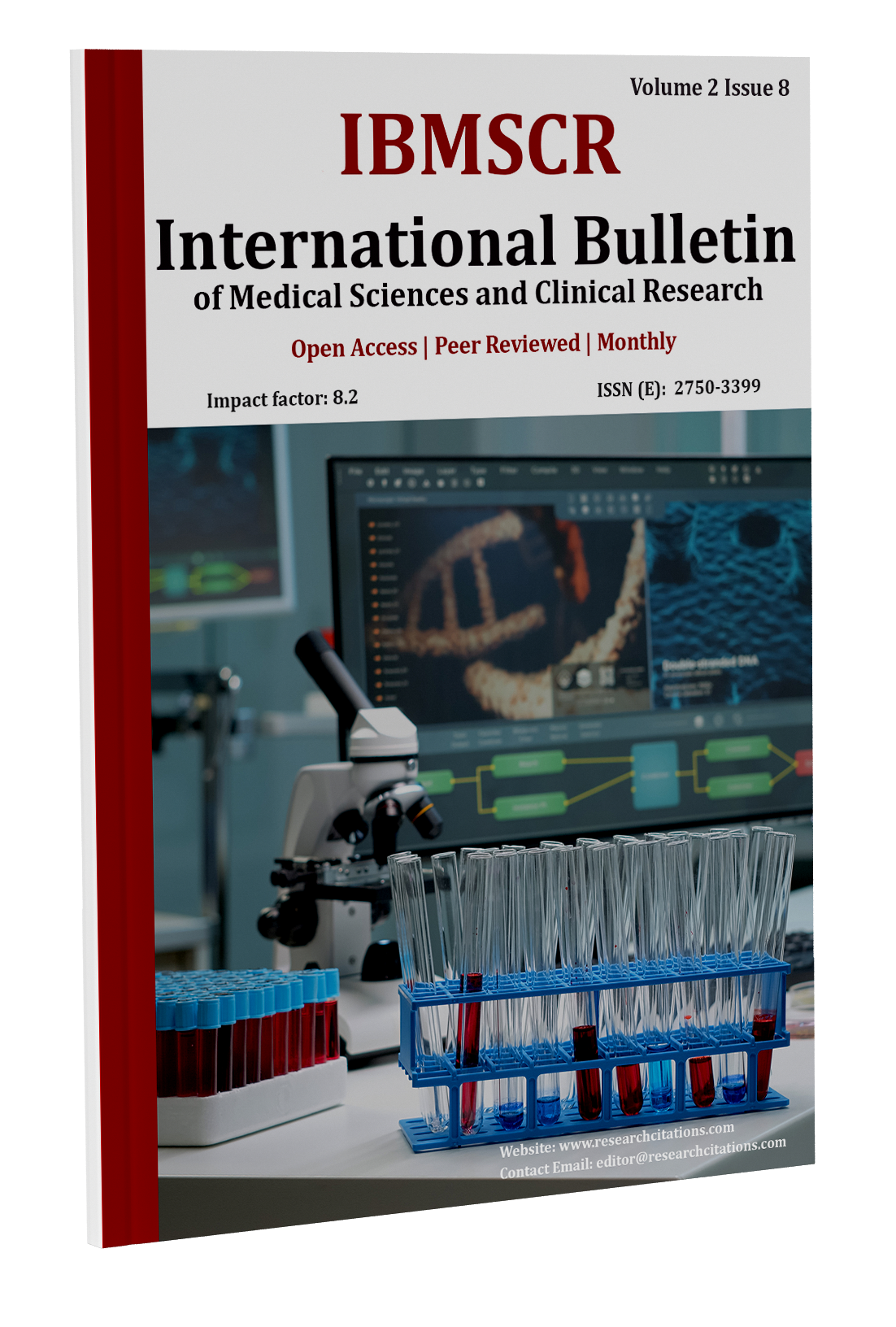GENETIC BASIS OF ANTIBIOTIC-RESISTANT BACTERIA
Main Article Content
Abstract
This study investigated the genetic basis of antibiotic-resistant bacteria. The antibiotic susceptibility of Escherichia coli, Staphylococcus aureus, and Klebsiella pneumoniae strains isolated from clinical samples was determined, and the presence of resistance-related genes in their genomes was assessed using the polymerase chain reaction (PCR) method. The results revealed the widespread presence of resistance genes — blaTEM, mecA, vanA, and aac(6’)-Ib — among the bacterial strains. These findings are crucial for understanding the mechanisms of antibiotic resistance and improving strategies for the treatment of infectious diseases.
Downloads
Article Details
Section

This work is licensed under a Creative Commons Attribution 4.0 International License.
How to Cite
References
1. CLSI. Performance Standards for Antimicrobial Susceptibility Testing. 30th ed. Wayne, PA: Clinical and Laboratory Standards Institute; 2020.
2. Davies, J., & Davies, D. (2010). Origins and evolution of antibiotic resistance. Microbiology and Molecular Biology Reviews, 74(3), 417–433.
3. Partridge, S. R., Kwong, S. M., Firth, N., & Jensen, S. O. (2018). Mobile genetic elements associated with antimicrobial resistance. Clinical Microbiology Reviews, 31(4), e00088-17.
4. Zankari, E. et al. (2012). Identification of acquired antimicrobial resistance genes. Journal of Antimicrobial Chemotherapy, 67(11), 2640–2644.

